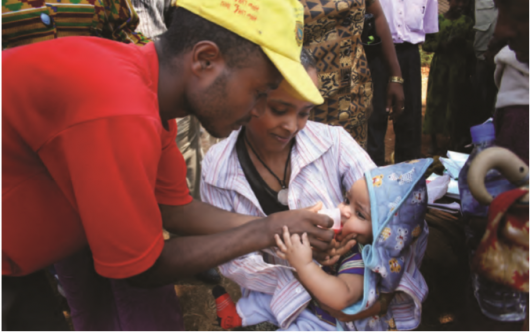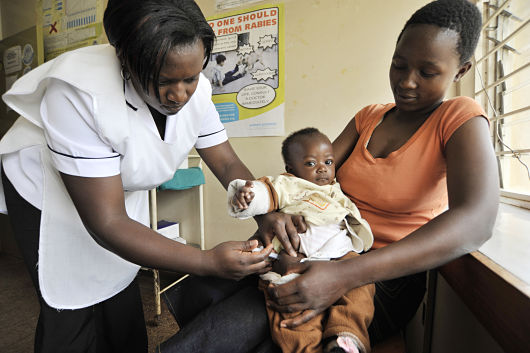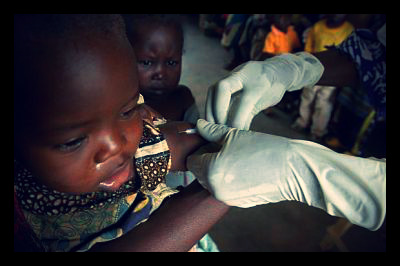 Sri Lanka is a country that used to be torn by civil war. Now, thanks to peace and foreign investment, the country is making major strides towards improving the lives of its citizens. Below are seven facts about how life expectancy in Sri Lanka is improving.
Sri Lanka is a country that used to be torn by civil war. Now, thanks to peace and foreign investment, the country is making major strides towards improving the lives of its citizens. Below are seven facts about how life expectancy in Sri Lanka is improving.
7 Facts about Life Expectancy in Sri Lanka
- Life expectancy in Sri Lanka is currently 77.1 years. The life expectancy for males is 73.7 and is 80.8 for females. This is an increase of more than seven years from 20 years ago.
- The country’s three-decade civil war resulted in thousands of deaths including more than 7,000 in the final months. However, since the war ended in 2009, the country has been able to stabilize and improve economic conditions.
- Since 2006 the percent of people living in poverty has decreased from 15.3 percent to 4 percent. This decrease in poverty has been in large part due to the improving economy in Sri Lanka which registered an average economic growth rate of 5.8 percent from 2010 to 2017. The correlation between poverty and life expectancy is clear. When one is out of poverty and has more resources, they are able to live longer lives.
- Children are being immunized against disease at a 99 percent rate. Children have access to immunizations leading to a lower rate of children dying of preventable diseases. They can live longer and happier lives without worrying about diseases such as measles, hepatitis and DPT.
- Sri Lanka is focused on educating its youth, by seeking foreign investment. For instance, in 2017, the country secured a $100 million loan from the World Bank in order to enhance the quality of degree programs and boost STEM enrollment and research opportunities at the university level. The country’s investments are paying off as Sri Lanka has the highest reported youth literacy rate in South Asia at 98.77 percent versus India (89.66) and Bangladesh (83.2 percent).
- The under-5 mortality rate is less than 10 percent. The under-5 mortality rate broke below 10 percent in 2014 and has been declining since 2005. In fact, the under-5 mortality rate stood at more than 20 percent less than two decades ago. CARE and the Red Cross are two organizations that have been especially focused on improved health care services since the 1950s.
- The U.N. projects that the life expectancy rate will exceed 80 years within the next 20 years. However, as the Minister of External Affairs noted at a U.N. conference in 2014, “with…increased life expectancy, we are facing new challenges, namely the incidence of NCDs, a growing aging population by 2030, addressing issues facing young people and containing the spread of HIV/AIDS.”
Sri Lanka is a great example of a country that shows what can happen with peace and investment. Their economy is growing and with it, the people’s lives are improving not only in quality but also in length.
– Josh Fritzjunker and Kim Thelwell
Photo: Flickr





